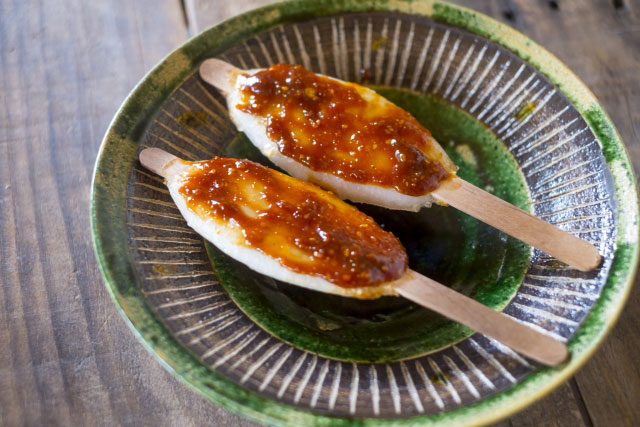Tag: miso

Bert-san’s Kitchen Hacks
Read more: Bert-san’s Kitchen HacksWhat are these? They’re miso balls! Huh? Did you know you could pre-make these little…

A Food Lover’s Tour of Japan – Gifu Prefecture and Savory Gohei Mochi
Read more: A Food Lover’s Tour of Japan – Gifu Prefecture and Savory Gohei MochiOur Food Lover’s Tour continues this month in Gifu Prefecture, home of the famous gohei…
Essentials of Japanese Cooking: Making Delicious Miso Soup
Read more: Essentials of Japanese Cooking: Making Delicious Miso SoupMiso soup is a vital, versatile part of Japanese cuisine. It can be served for…
Essentials of Japanese Cooking: Miso
Read more: Essentials of Japanese Cooking: MisoWe continue our Essentials of Japanese Cooking series this month with a feature on miso……
